The design of a fluid distribution system is critical to maintaining consistent pressure control for safe refinery operations. However, with different types of pressure regulators available in the market, refineries find it difficult to select the most optimal design.
This guide discusses the different types of regulators, in general, and important factors that should influence the selection process.
Different Types of Regulators Used in Refineries
There are two main types of pressure regulators:
Primary Regulators (Pressure Reducing Regulators)
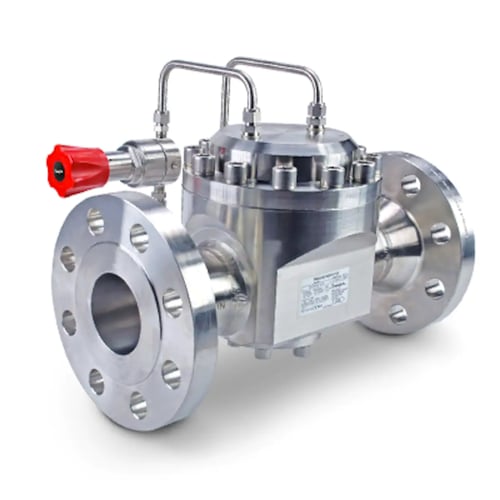
These regulators precisely reduce the high upstream pressure to a controlled low output and maintain this upstream pressure despite fluctuations in the inlet pressure.
Back Pressure Regulators
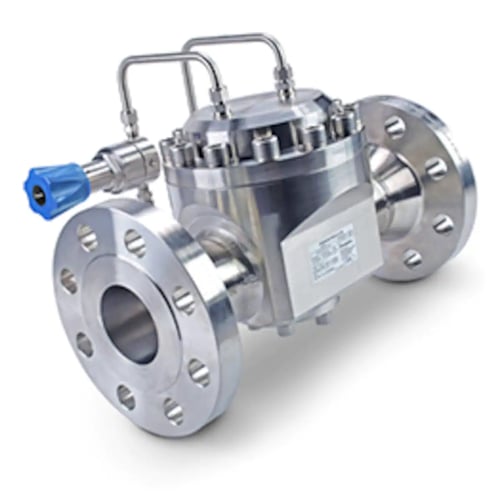
Back pressure regulators are used where very fine overpressure control is required. They are also recommended for systems requiring minimum upstream pressure.
These two main regulator types may have a lot of other variations fine-tuned to meet user applications.
For instance, pressure regulators can be further customized as follows:
- Vaporizer Regulators: As the name suggests, these regulators vaporize liquids using steam before entering a downstream analyzer system. Such regulators are best suited for applications requiring positive controlled heat input, such as heated boxes and enclosures in a refinery system.
- Changeover Regulators: These regulators ensure first-stage pressure reduction and a continuous flow of fluid downstream by switching to a reserved supply when the primary cylinder empties. Changeover regulators are often used in analytical installations to meet refinery needs.
Based on the loading mechanism, regulators can be divided into the following two groups:
- Dome-Loaded: For applications requiring precise pressure control under a harsh environment, an ideal fluid distribution system demands dome-loaded regulators. They regulate the output pressure in reaction to the pressure within a pre-loaded dome, immune to outside environmental variables.
- Spring-Loaded: These regulators are manually adjustable where a spring moves a piston or diaphragm to adjust for the required outlet pressure. Spring-loaded regulators offer a low-cost, space-saving option when it comes to achieving stable downstream pressure despite a varying inlet pressure.
Certain applications may use a combination of both types to achieve desired pressure regulation function.
Pressure Regulators: Finding the Right Fit
When choosing the most efficient regulator, the following should be evaluated:
- Functionality
- Pressure ranges (inlet pressure, outlet pressure)
- Sizing
- Material of construction
- Fluid type (gas or liquid)
- Fluid (max flow, minimum flow)
Ideally speaking, the regulator must operate with a maximum inlet pressure close to your system’s actual inlet pressure. However, various factors can cause an ideal pressure regulator system to fluctuate and impact downstream and upstream pressure.
Even if you have the right regulator in place that checks all these boxes, changing conditions may require you to replace it with a new model. For instance, if someone taps a line downstream or adds a line upstream, the distribution system will now draw fluid from the main tank differently. It can turn the regulator oversized or undersized. An oversized regulator risks pressure spikes while an undersized regulator speeds up corrosion.
For better pressure resolution and control, refineries must size their regulators based on the largest possible flow and the smallest differential pressure between inlet and outlet. Most importantly, regulators must operate in the flat zone of their flow curve. But in reality, that is hardly possible. The regulator will have a hard time maintaining accurate pressure when it operates to the extreme right (droop zone) or extreme left (lockup zone) of the flow curve.
Under such circumstances, there are four different options available to flatten the flow curve.
- Option A: Using a simple spring-loaded or dome-loaded regulator
- Option B: Coupling a dome-loaded regulator with a pilot regulator
- Option B.1: Adding external feedback to the dome regulator
- Option B.2: connecting external feedback to the pilot regulator
There are many other considerations when selecting the right regulator for your industry. It may be helpful to know the temperature range of the fluid going through and fluid density to apply a necessary correction factor. All you need is a technical fluid engineer to analyze your system and suggest the best regulator configuration to ensure system safety.
Get a Fluid Systems Audit From a Swagelok Field Engineer
With more than 70 years of fluid system experience, Swagelok can offer you local support to choose the right fit amongst the different types of pressure regulators available. A team of grab sampling specialists can help you analyze your current system to identify opportunities and advise solutions to help your facility operate safely and efficiently.
Our Field Engineers visit a site and conduct an audit to troubleshoot system problems. They run a complete evaluation and summarize the findings in a report. They can also help you select the right pressure regulator assembly for a specific application.
Swagelok also offers virtual onsite evaluation where one Field Engineer visits a site while a team follows along virtually. This option is the same onsite service you would expect from Swagelok but with fewer people onsite and the ability to have input from more Field Engineers.
When exploring the various types of pressure regulators, you don’t have to do make the decision blindly. Swagelok can help you every step of the way—from system troubleshooting to system design.
To find out more about how Swagelok Northern California can help you select and size regulators for your industry, contact our team today by calling 510-933-6200.





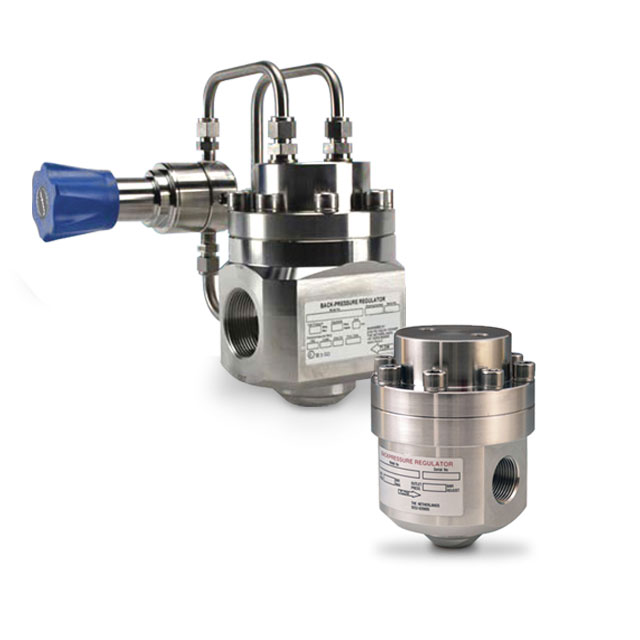
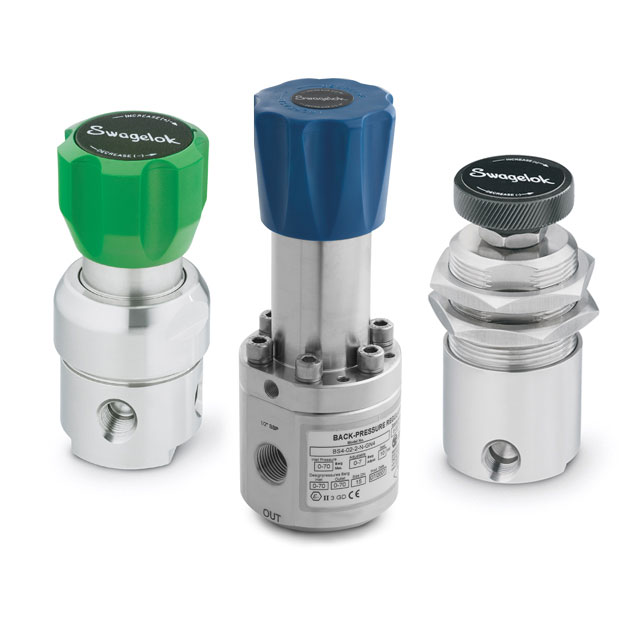
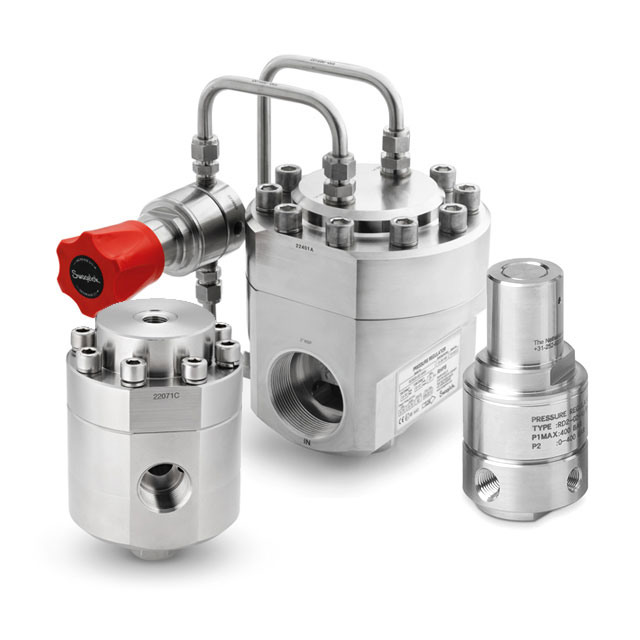

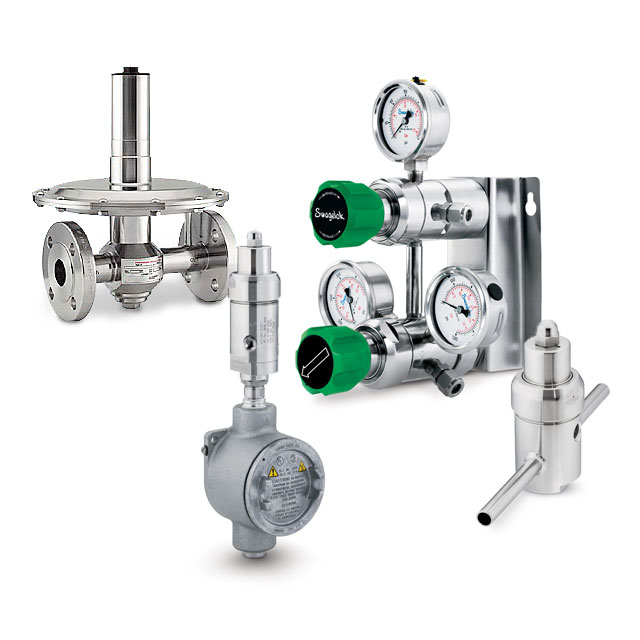
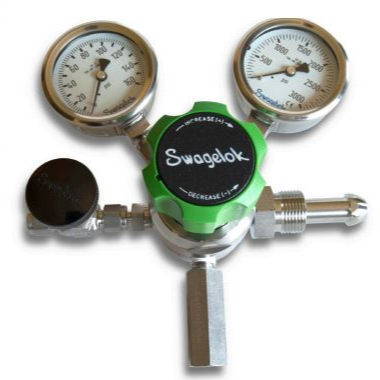
/FlowCurveGenerator%20(1)%20(1)%20(1).jpg)
/Video%20-%20KEV%20Series.jpg)
